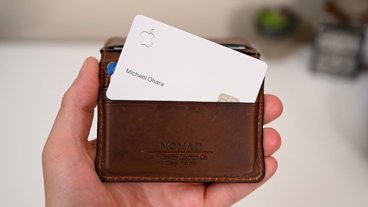'Tonight there's gonna be a jailbreak:' A poor man's guide to the first iPhone
It was 2007, and I really wanted a first-generation iPhone, but I did not have a lot of money. I did, however, have the technical knowhow necessary to save a few bucks.
Editor's note: June 29, 2017 the 10th anniversary of the iPhone. AppleInsider will be posting stories, testimonials and anecdotes on the history of Apple's groundbreaking device throughout the day. Feel free to chime in with your own in the comments.
A year out of college and not particularly prosperous at a job as a newspaper reporter covering local county government, the cost of the iPhone hardware itself wasn't my main deterrent (though it certainly played a factor). The main stumbling block was the Cingular/AT&T data plan.
I lusted after that first iPhone.
At launch — and for many years afterwards — the iPhone in the U.S. was exclusive to AT&T. It was a brilliant move by Apple cofounder Steve Jobs, giving the company leverage to control the hardware and software on its fledgling platform.
It also made for an expensive investment, particularly at a time when consumers were not used to paying for mobile data plans.
Back in 2007, I was a T-Mobile customer on a family plan, paying a basic rate for an allotment of minutes for calls (remember those?), as well as a handful of SMS text messages. I had been with T-Mobile since the days of VoiceStream Wireless, and for primarily one reason: It was cheap.
But I lusted after that first iPhone. When it was unveiled at Macworld in January of 2007, I watched the announcement video countless times. When my friend bought one on launch day that June, I couldn't stop being wowed by the finger-based touchscreen, vibrant color display, and brilliant slide-to-unlock gesture that ensured it wouldn't make phantom calls from my pocket.
The turning point for me was twofold. First, after just a few months on the market, Apple dropped the price of the first iPhone by $200. The company also phased out the 4 gigabyte model and dropped it to a $299 bargain price. Now that was something I could afford.
The second shoe dropped when the iPhone had been jailbroken, and hackers figured out a way to not only get it to operate on T-Mobile's network, but to gain compatibility with the carrier's budget Wireless Application Protocol (WAP) service.
All I needed to know was that I could get the internet on my 4-gigabyte iPhone with T-Mobile for a measly $5 a month.
In the early days of smartphones, WAP was like a limited, slow version of the mobile internet that only worked with HTML. Thrifty hackers, however, found ways to make smartphones, including the first-gen iPhone, route all data through WAP protocols via port forwarding.
But forget all of the technical mumbo jumbo. All I needed to know was that I could get the internet on my 4-gigabyte iPhone with T-Mobile for a measly $5 a month.
None of this was particularly by the book, and I'm not especially proud of it. Buying the phone at the AT&T store, I had to tell the retail employee that I was purchasing the handset as a gift, because otherwise they wanted proof that I was an AT&T customer (the phone, at $299, was fully subsidized, but users activated it on their own at home).
When I got it home, the first iPhone jailbreak process was not for the faint of heart, requiring me to connect to the device via a Windows box and SSH, and then manually enter a series of Terminal commands. If I recall correctly, the entire process took me about an hour and a half, but it worked the first time — I popped in my T-Mobile SIM and I was good to go.
Jailbreaking: A necessary evil
Over the years, jailbreaking developed a bad reputation (some of it rightfully so), as some users relied on the process to steal content from the App Store.
For me, the jailbreaking experience and intent was very different. Over that first year, there wasn't even an App Store, while jailbreakers were already creating third-party apps that ran natively. One of the more impressive early options was an app that allowed me to display a series of photos on a virtual table, and to use multi-touch to expand or shrink the pictures as desired — a gimmick replicating what Microsoft had shown off on its jumbo-sized Surface table at the time.
Living with a jailbroken iPhone on an unapproved carrier was dicey. A cat-and-mouse game took place, with Apple looking to patch security holes while hackers looked for new ways to exploit the iPhone operating system. You couldn't just install new updates as they came out — you had to wait a few weeks for jailbreakers to crack them open, otherwise I could lose my phone, text and data access with T-Mobile.
There were concessions, of course. One of the first iPhone's defining features, Visual Voicemail, didn't work at all when used on an unapproved carrier. And man, was the WAP cellular data slow.
The 4-gigabyte capacity didn't bother me, however. I have always had a massive music collection, and for years (until iTunes Match debuted), I relied on a 160-gigabyte iPod classic to keep my collection with me.
I kept the first-generation iPhone as my primary daily phone for another three years. By that point, I had begun working at AppleInsider, and staying on the old hardware was no longer realistic.
My jailbreaking days came to an end, I bought an iPhone 4, and I switched to AT&T in 2010. Total sellout.
Finding a second (and third, and fourth) life
I have always hated letting old technology collect dust, so my first-generation iPhone wasn't officially retired.
Though that first iPhone lacked a GPS radio, and the Bluetooth connectivity on it was severely limited, through the magic of the Cydia jailbreak application store, I found an app that let me connect my iPhone to a Bluetooth GPS receiver. With a smartphone vehicle clip, I mounted the 3.5-inch, low-resolution iPhone on my car's dash, and used it as a poor man's TomTom navigation system.
That first iPhone had a good second life as my car's GPS, but even that had to come to an end. I eventually replaced it three years later, in 2012, with a cheap Google Nexus 7 tablet I mounted in my dash for a cleaner aesthetic. And I rooted Android on it, naturally.
My first iPhone wasn't dead yet, though. At that point, I began searching to see what else I could do to extend its shelf life. I installed mods that brought new iOS features added long after the first-generation iPhone was no longer being updated, including app folders and video recording capabilities.
I even discovered a program that allowed me to install Android on it, in a dual-boot setup known as iBoot (blasphemy, I know).
My iPhone's last run came a few months later, in late 2012, when a relative's phone died, and they were in need of a temporary device to hold them over until they could afford something else. I offered my now-ancient iPhone, and they accepted. It still made calls and sent texts and allowed her to browse the web. It still got the job done.
10 years later, it still works, and it still wows
Finally, the iPhone was put into retirement, powered down and placed in a drawer. I dug it out this week, charged it via a 30-pin cable and booted it up. It still worked.
It still has Android and iBoot installed. I opted for iOS upon launch, and found that text messages and calls from the last owner remain intact. Even the battery has held up — after sitting idle on my desk for a night, it fell from about 90 percent to 66 percent the next morning.
Today we tap and swipe and pinch to zoom like it's second nature, but in 2007 it was a revelation. Or maybe witchcraft.
Using the first iPhone again, it was nice to appreciate how far we've come. The design is solid, though chunky. The original iPhone's display is extremely low resolution, and just reading small fonts in Maps was difficult. Loading content on the web and scrolling is extremely slow.
And yet, as I played with it, I was amazed at how many of the basic tenets of modern smartphones that we now take for granted were all baked into that first-generation device. Today we tap and swipe and pinch to zoom like it's second nature, but in 2007 it was a revelation. Or maybe witchcraft.
Apple's first iPhone was a landmark achievement, a device that irreversibly changed the very way we communicate with each other. Ten years later, it stands as a turning point in our modern society, a seismic shakeup that changed our world — and yes, even changed our monthly cellular budgets.
I'm just glad that, way back in 2007, I found a way to afford it.
 Neil Hughes
Neil Hughes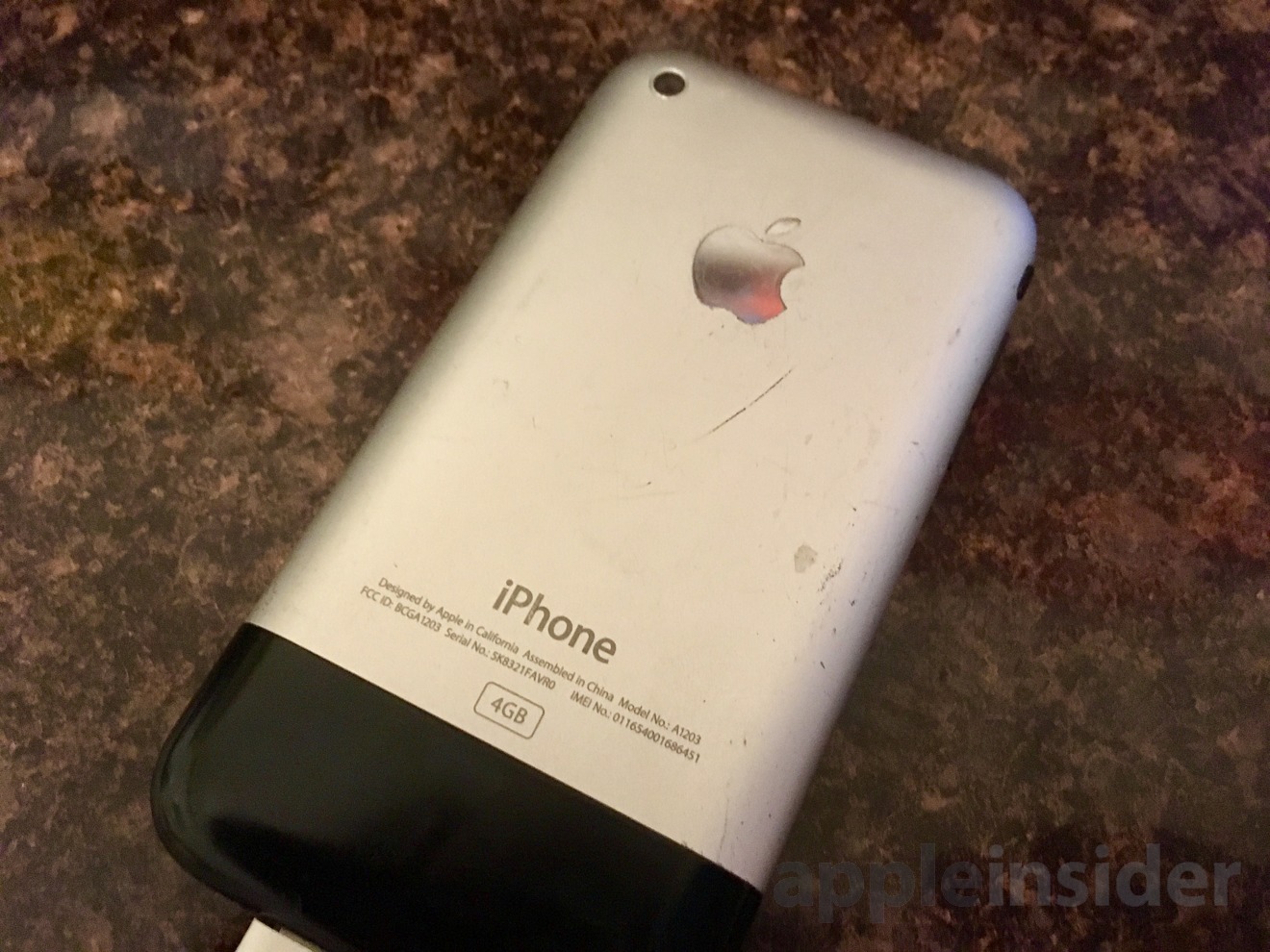
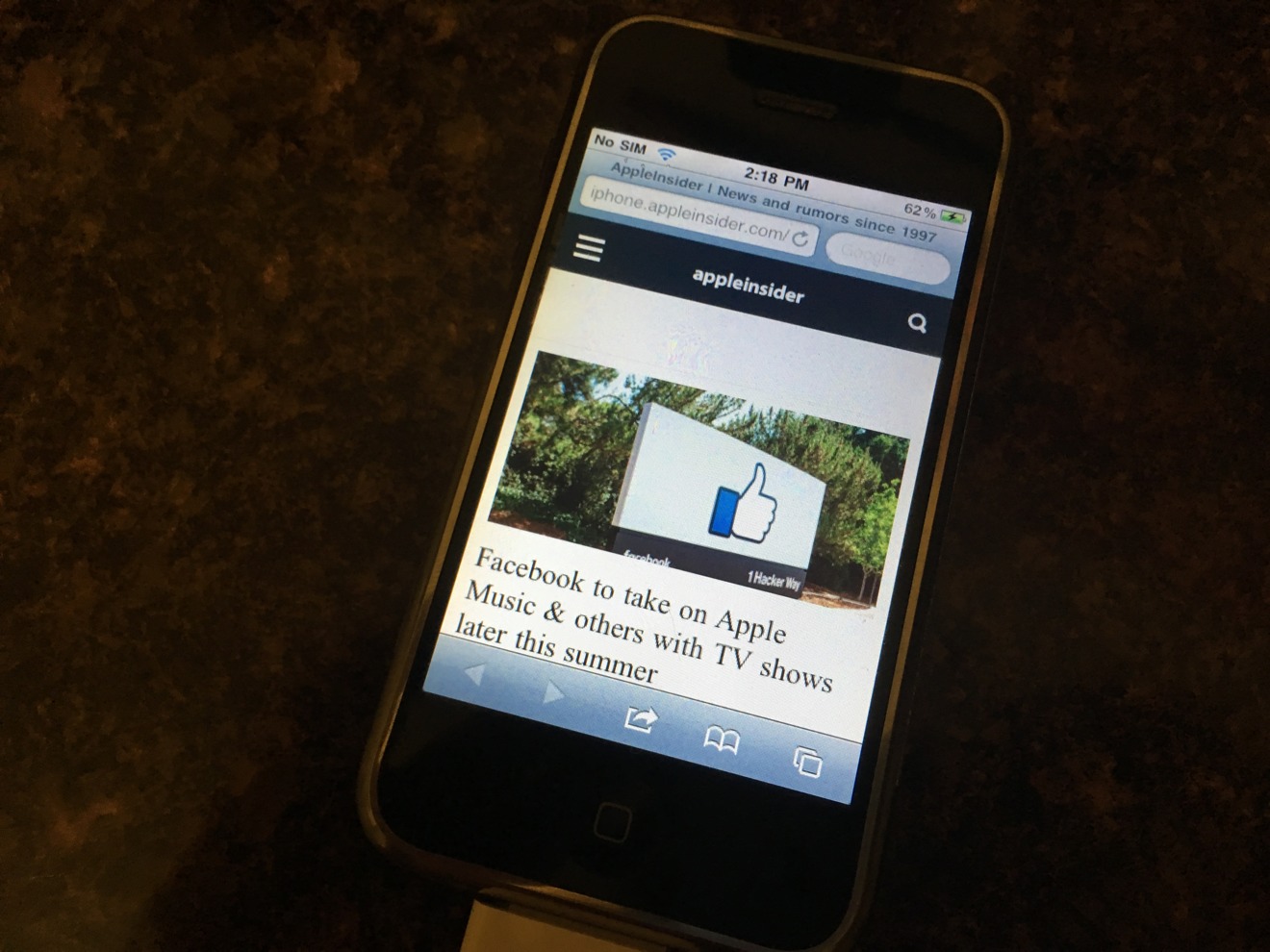
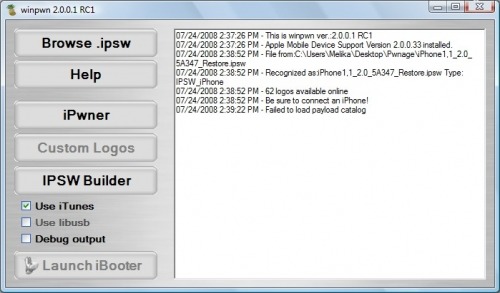
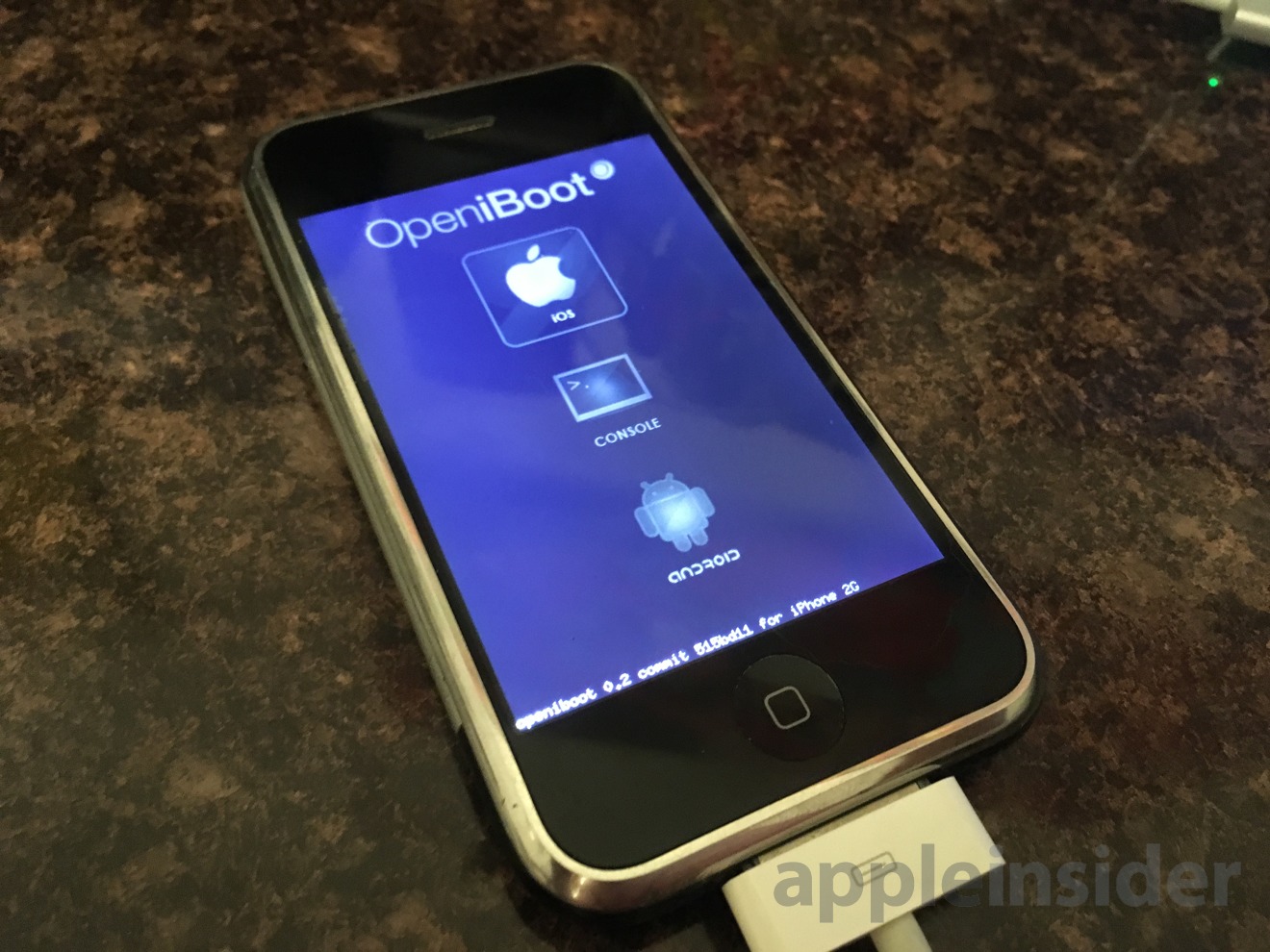
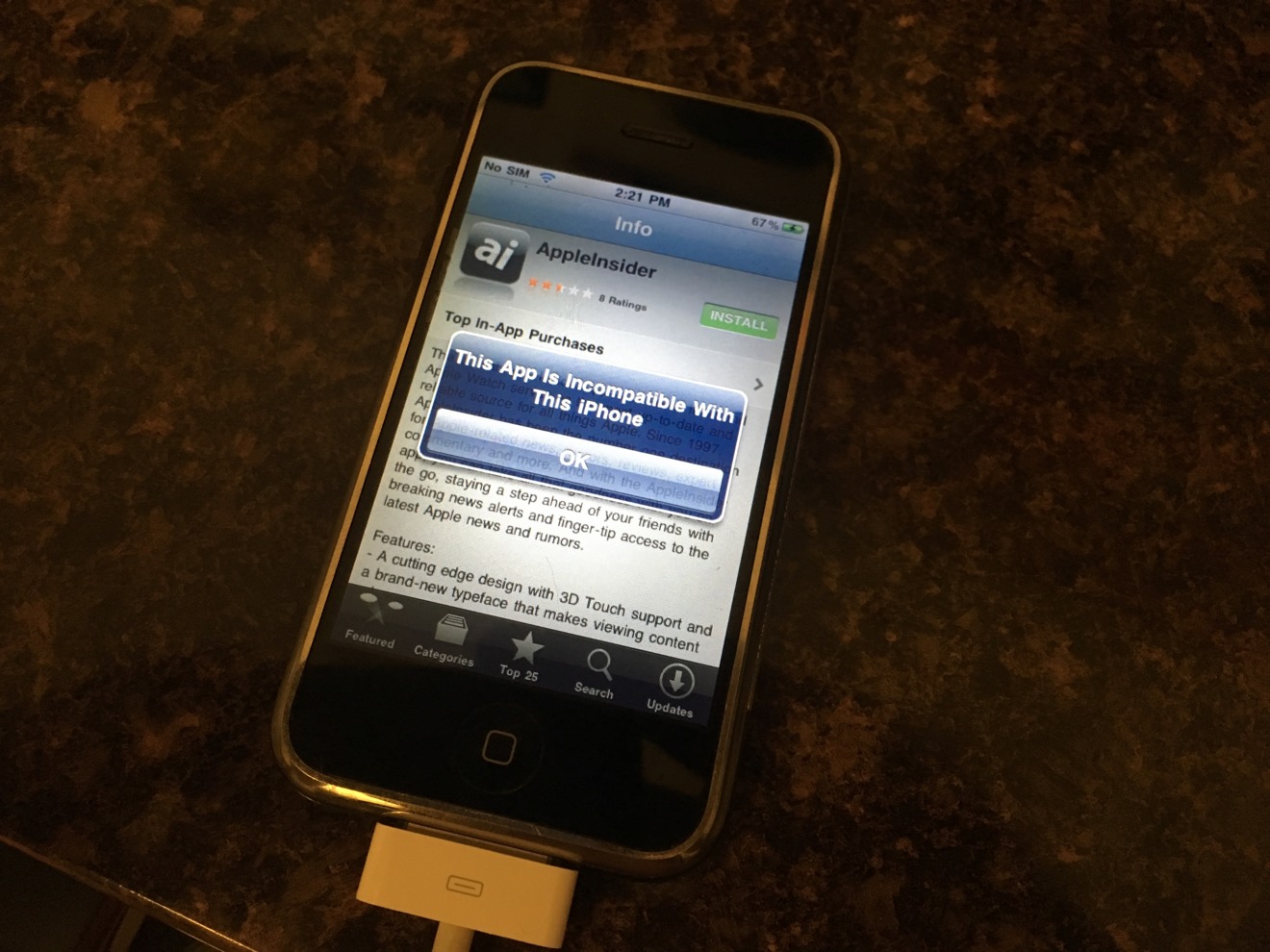











 Chip Loder
Chip Loder
 Andrew Orr
Andrew Orr
 Marko Zivkovic
Marko Zivkovic
 David Schloss
David Schloss

 Malcolm Owen
Malcolm Owen

 William Gallagher
William Gallagher

